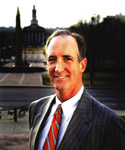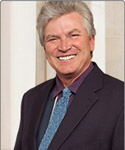 | ||||||
| Home | About Us | Archive | Library | Visitor Comments | Contact Us | |
About Us | |
|
After nearly 30 years of repositioning commercial real estate properties that had run their product life-cycles, I’ve come to appreciate that real estate use is a function of anthropological market considerations that influence a given property’s “highest and best use.” (720) 979-7727 |
|
Anthropologists have long known that humans are, in many ways, what they build. It is human nature to invest cultural meaning in both land and architecture, and to draw comfort and inspiration from them. Thus, the built environment can either enhance or erode the commitments that people make to using, developing, and preserving real estate. The more sensitive that planners, contractors, and developers are to the role that culture plays in how people interact with built space—especially in today’s increasingly diverse urban communities—the better our chances for building neighborhoods and cities that are environmentally and culturally sustainable. (303) 261-6544 |
|
As a real estate academic and certified general appraiser, I am intrigued with the theory of “Contemporary Urban Anthropology (CUA)” and its potential influence on valuation under the traditional “Highest & Best Use (HBU)” appraisal model. (425) 681-6602 |
 Kyle Cascioli
Kyle Cascioli Dean Saitta
Dean Saitta Ron Throupe
Ron Throupe